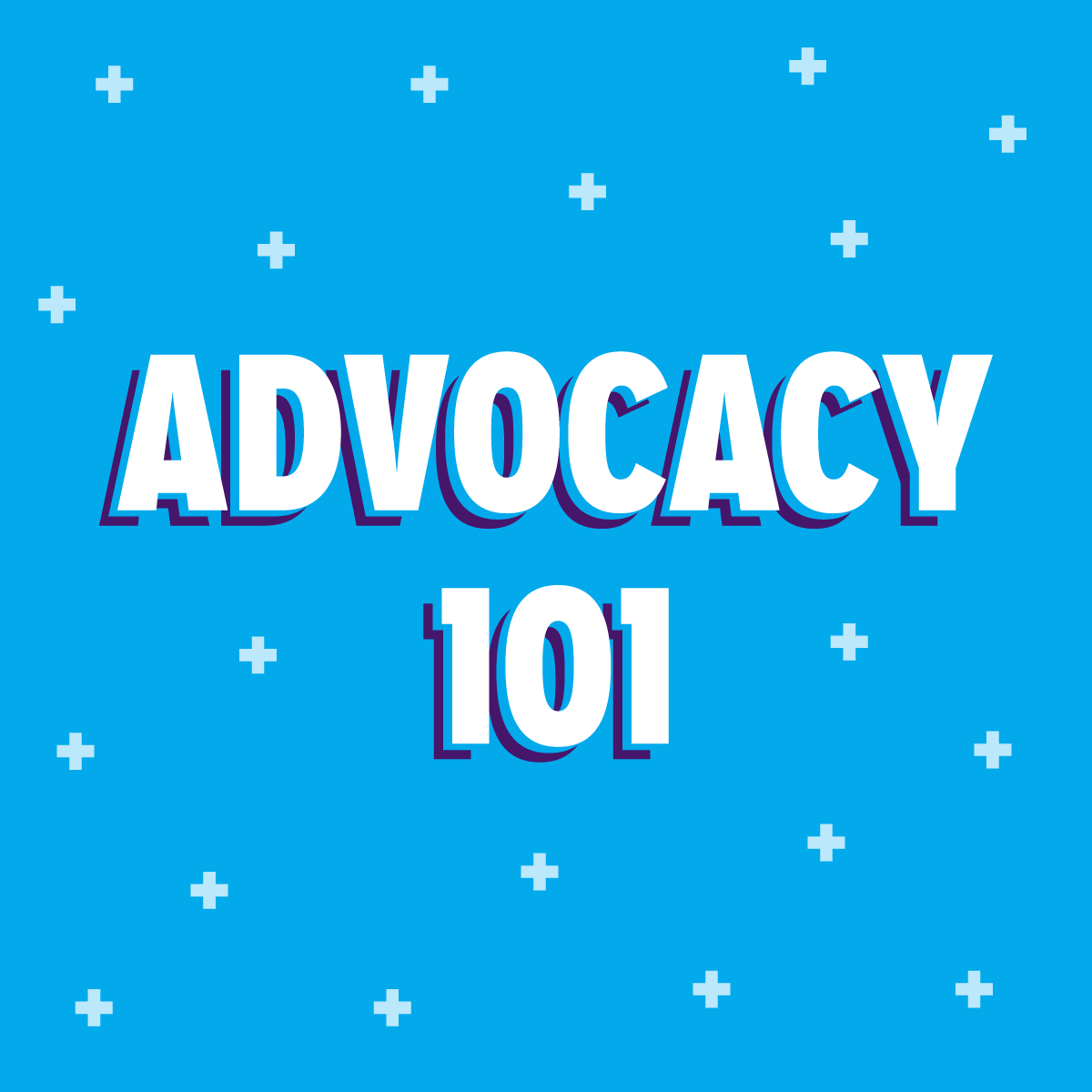
You have a voice in health care policy decisions that impact you and your family. As a constituent, your members of Congress have a responsibility to represent your interests. In order for policymakers to create effective health care legislation, it is important to engage with them and share your experience and priorities. The Patients Action Network gives you tools to effectively engage lawmakers and help impact legislation that improves patient access to care. On this page, you will find information about:
- How to find out who represents you in Washington, D.C.
- How to effectively communicate with members of Congress
- What resources the Patients Action Network (PAN) has available to support your efforts
Find Out Who Represents You
You can use the PAN’s legislator search tool to find your federal or state legislators.
Social Media
Social media has transformed how constituents connect with their members of Congress. Through Facebook and Twitter, you can directly reach almost every U.S. representative and senator instantly. When you leverage this access with specific, consistent messages or direct calls to action about a time-sensitive issue or upcoming vote, it can yield powerful results.
Tips:
- When engaging with your elected officials, be sure to indicate that you are a constituent.
- Follow your representative and senators on Facebook and Twitter.
- Follow @PatientAction on Twitter and @PatientsActionNetwork on Facebook and share content that resonates with you and your network.
Emails and Letters
Reading feedback from constituents is something many members of Congress prioritize, and most offices keep tallies of feedback they receive on particular issues. PAN provides action alerts for specific issues to help you get the writing process started. Written correspondence is most impactful if it includes personal stories and original thoughts.
Tips:
- If you send an email or letter, be sure to include your name, address, and contact information. This will eliminate any doubt about who you are and how to reach you.
- When sending a letter, keep in mind that due to security screenings, it may take a few weeks of an office to receive your letter and respond.
Phone Calls
Phone calls to your members’ district or Capitol Hill office are an effective way to ask questions and voice your concerns. Although you will rarely speak directly to the member, the congressional staffer should know the member’s position on issues and will relay your concerns to the member. PAN provides action alerts for specific issues that include talking points to help you effectively communicate with your members.
Tips:
- Phone calls can be particularly powerful in the days or hours leading up to important votes.
- Members have multiple offices and it can be useful to call both their Capitol Hill office where their legislative staff works, as well as local district offices to reinforce your concerns.
In-Person Visits
Meeting with a member of Congress or their congressional staff is an effective way to discuss specific issues or legislative priorities. Meeting with a member’s staff who specializes in your area of interest, like the health legislative assistant, can be just as productive as meeting with the member. Careful planning and having clear goals for the meeting are key to conducting a successful in-person visit.
Tips:
- Contact the member’s scheduler and request to meet directly with the health legislative assistant and the member, if available.
- Explain the purpose for the meeting, including what one to two issues you want to discuss.
- Follow up after the meeting by writing an email or letter that thanks the member and/or staff for their time, recaps agenda items and reiterates any requests.
Take Action Today
PAN members receive timely action alerts when there is an opportunity to engage with lawmakers to help pass critical health care legislation.
Click on a priority to see how you can take action today:
Learn More About These Issues